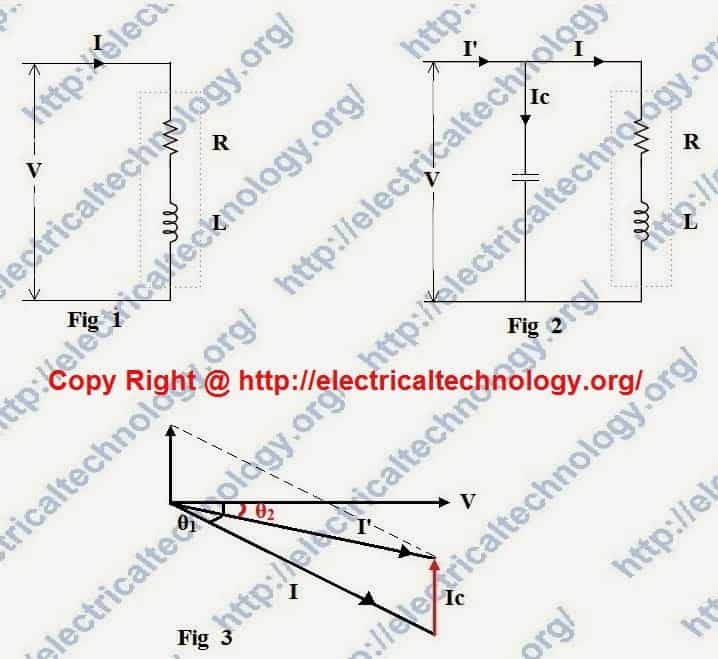The meaning by power factor:
Power factor is an expression of energy efficiency. It is usually expressed as a percentage—and the lower the percentage, the less efficient power usage is.
Power factor (PF) is the ratio of working power, measured in kilowatts (kW), to apparent power, measured in kilovolt amperes (kVA).
Factors affect power factors:
The existing regulations cover the power factor, frequency, reliability of supply and voltage regulations as power quality parameters. While there is a strong system of frequency regulation, enforcement of the standards specified for reliability parameters are required to be strictly monitored and implemented. Issues of voltage regulations, transients, and harmonics are not given the attention they deserve.
With increasing penetration of renewable energy, electronic equipment, non-linear loads, data centres and industries running on adjustable speed drives etc., there is a need of emphasising separate regulations covering exhaustively all parameters of power quality with a clear incentive/disincentive mechanism to ensure compliance of specified parameters.
The Act and the Tariff Policy emphasises the need for supply of reliable and quality power of specified standards at reasonable rates. It is desired that the harmonious and uniform standards should be specified by the State Regulatory Commissions to serve the best interest of the utilities and consumers connected to the national grid.
How to improve power factor:
1. Static Capacitor
We know that most of the industries and power system loads are inductive that take lagging current which decrease the system power factor (See Disadvantages of Low Power factor) . For Power factor improvement purpose, Static capacitors are connected in parallel with those devices which work on low power factor.
These static capacitors provides leading current which neutralize (totally or approximately) the lagging inductive component of load current (i.e. leading component neutralize or eliminate the lagging component of load current) thus power factor of the load circuit is improved.
These capacitors are installed in Vicinity of large inductive load e.g Induction motors and transformers etc, and improve the load circuit power factor to improve the system or devises efficiency.
Suppose,here is a single phase inductive load which is taking lagging current (I) and the load power factor is Cosθ as shown in fig-1.In fig-2, a Capacitor (C) has been connected in parallel with load. Now a current (Ic) is flowing through Capacitor which lead 90° from the supply voltage ( Note that Capacitor provides leading Current i.e., In a pure capacitive circuit, Current leading 90° from the supply Voltage, in other words, Voltage are 90° lagging from Current). The load current is (I). The Vectors combination of (I) and (Ic) is (I’) which is lagging from voltage at θ2 as shown in fig 3.
It can be seen from fig 3 that angle of θ2 < θ1 i.e. angle of θ2 is less than from angle of θ2. Therefore Cosθ2 is less than from Cosθ1 (Cosθ2> Cosθ1). Hence the load power factor is improved by capacitor.
Also note that after the power factor improvement, the circuit current would be less than from the low power factor circuit current. Also, before and after the power factor improvement, the active component of current would be same in that circuit because capacitor eliminates only the re-active component of current. Also, the Active power (in Watts) would be same after and before power factor improvement.
2. Synchronous Condenser
When a Synchronous motor operates at No-Load and over-exited then it’s called a synchronous Condenser. Whenever a Synchronous motor is over-exited then it provides leading current and works like a capacitor.
When a synchronous condenser is connected across supply voltage (in parallel) then it draws leading current and partially eliminates the re-active component and this way, power factor is improved. Generally, synchronous condenser is used to improve the power factor in large industries.
3. Phase Advancer
Phase advancer is a simple AC exciter which is connected on the main shaft of the motor and operates with the motor’s rotor circuit for power factor improvement. Phase advancer is used to improve the power factor of induction motor in industries.
As the stator windings of induction motor takes lagging current 90° out of phase with Voltage, therefore the power factor of induction motor is low. If the exciting ampere-turns are excited by external AC source, then there would be no effect of exciting current on stator windings. Therefore the power factor of induction motor will be improved. This process is done by Phase advancer.
